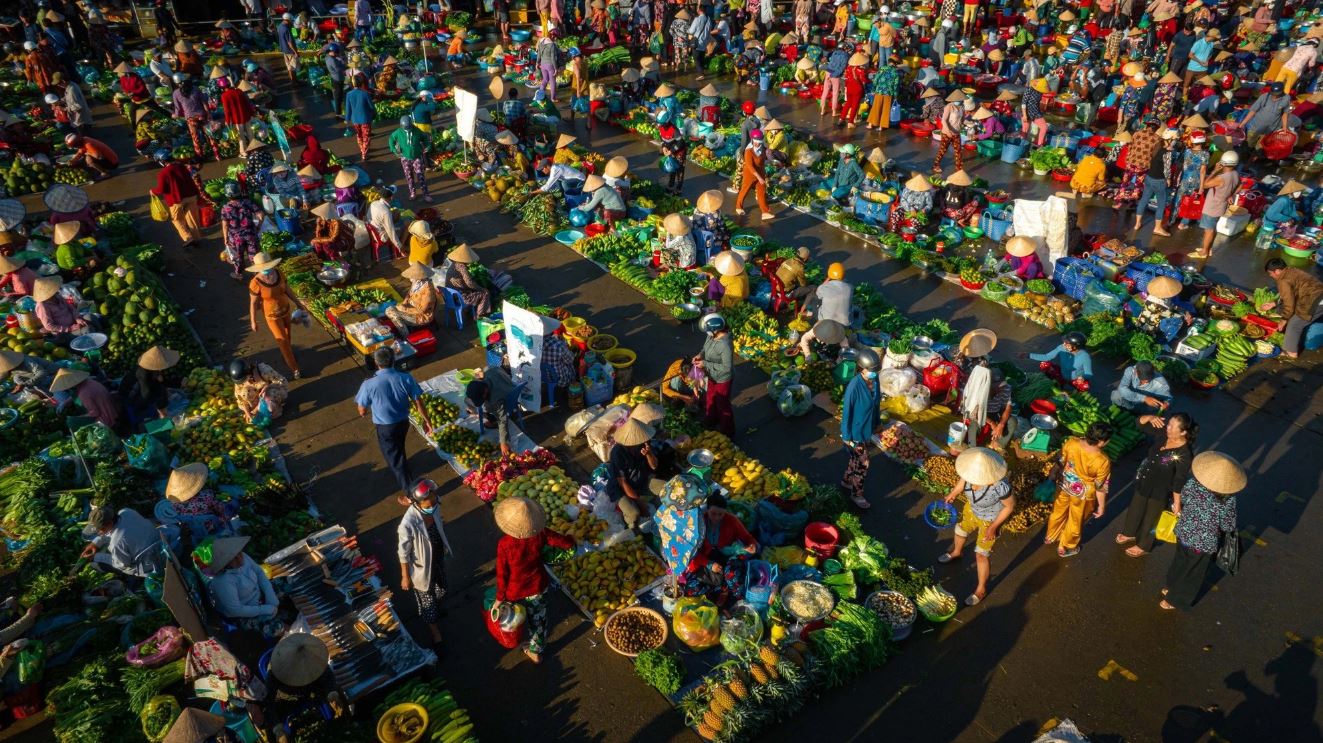
Vietnam Through Its Markets: 10 Must-Visit Markets to Explore
- on Nov 21, 2025 By: Trang Nhung NGUYEN
Traveling through Vietnam means diving into a country where Vietnam markets embody daily life, flavors, and local culture. Each region offers its own must-visit markets in Vietnam, from traditional markets in the North to vibrant floating markets in the Mekong Delta. These places act as open windows into local life, delivering sensory immersion and a truly unique cultural experience for every traveler.
For a complete guide on what to see in the markets of Vietnam, you can explore reliable resources online.
Bến Thành Market (Ho Chi Minh City)
Bến Thành Market is one of the best-known Vietnam markets, famous for its iconic clock tower and unbeatable central location. Welcoming both locals and travelers, it offers a rich overview of gastronomy, handicrafts, and everyday life. The mix of spice aromas and colorful stalls beautifully reflects the spirit of southern Vietnam. Each visit offers an opportunity to dive deeper into the city’s dynamic culture.
For an extended exploration of Saigon’s iconic markets, you may check this guide on Ben Thanh and Binh Tay – the emblematic markets of Ho Chi Minh City.
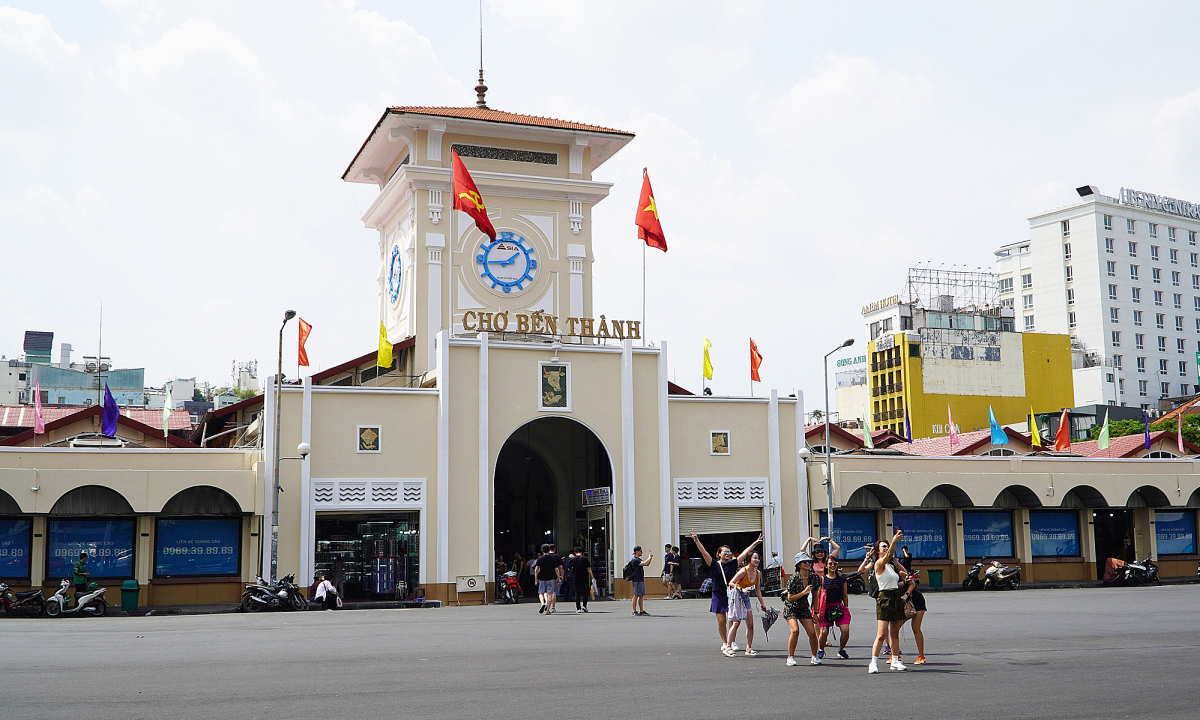
Experiences Not to Miss
Strolling through Bến Thành is a sensory journey. Enjoy a freshly prepared bún thịt nướng or phở, soak up the aromas of local cuisine, and browse lacquerware, hand-embroidered textiles, and handmade souvenirs. Watching locals negotiate with vendors is a fascinating way to observe daily life and the art of bargaining in southern Vietnam. Fresh fruits and local produce in the early morning add to this immersive visit.
Best Time to Visit
Morning (6–9 am) is ideal for the freshest produce and the arrival of early shoppers. In the afternoon, clothing and souvenir stalls become livelier. At night, the surrounding night market transforms into a festive scene perfect for photos and slow evening strolls.
Best Things to Try or Buy
- Lacquerware, handmade textiles, jewelry
- Vietnamese coffee and local snacks
- Tailor-made clothing and traditional souvenirs
- Fresh fruits and regional products
Practical Tips
- Bargain with a smile
- Bring cash for small stalls
- Explore nearby alleys for hidden gems
- Take your time and enjoy the ambiance
Đồng Xuân Market (Hanoi)
Đồng Xuân Market is Hanoi’s largest indoor market and one of the most emblematic traditional markets in Vietnam. Its vibrant alleys and varied stalls reflect the daily rhythm of the capital. It’s a must-visit market for travelers wanting a deep cultural experience centered around northern Vietnamese life.
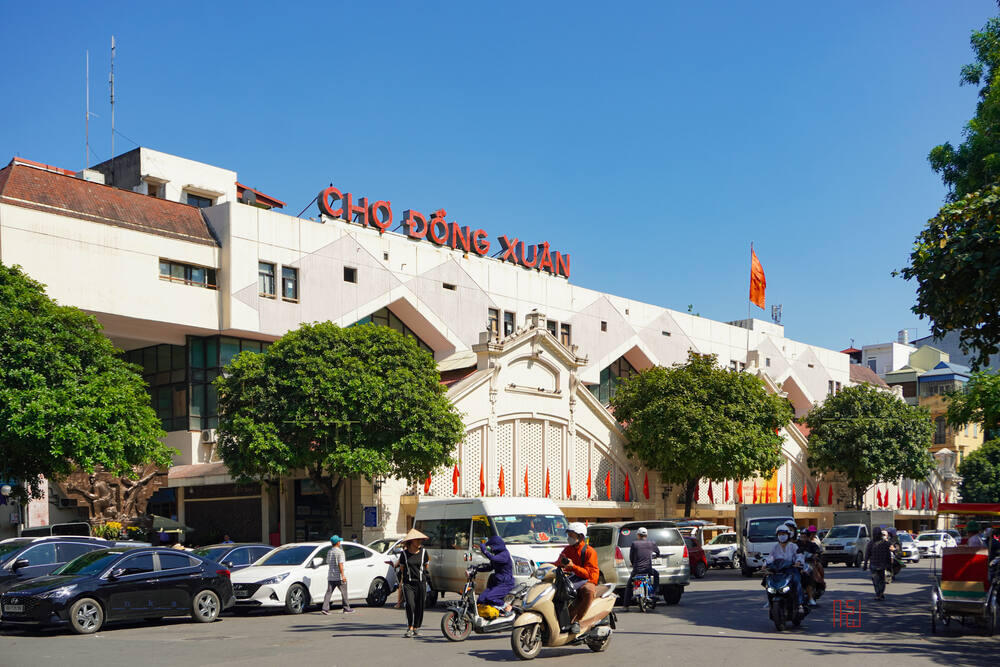
Experiences You Should Not Miss
Each step reveals something new: try bún chả or phở prepared on the spot, browse colorful fabrics, or pick up handcrafted clothing. Interactions with local vendors show the city’s authentic energy. The somewhat chaotic, lively atmosphere is part of the charm.
Ideal Time to Visit
Morning (before 10 am) is best to avoid crowds and enjoy fresher air. Afternoon hours are busier, especially in the textile section.
What to Buy
- Traditional fabrics and colorful textiles
- Dried herbs and local spices
- Northern treats like bánh cốm
- Unique handmade souvenirs
Tips
- Wear comfortable shoes
- Explore nearby alleys for quieter areas
- Observe local interactions
- Bring small change
Cái Răng Floating Market (Can Tho)
Cái Răng Floating Market is one of the most fascinating floating markets in Vietnam. Located in the Mekong Delta, dozens of boats gather at dawn to trade fruits, vegetables, and local specialties. Experiencing this market offers a rare look into the region’s aquatic lifestyle.
To explore more floating markets, check out this guide to the top floating markets in the Mekong Delta.
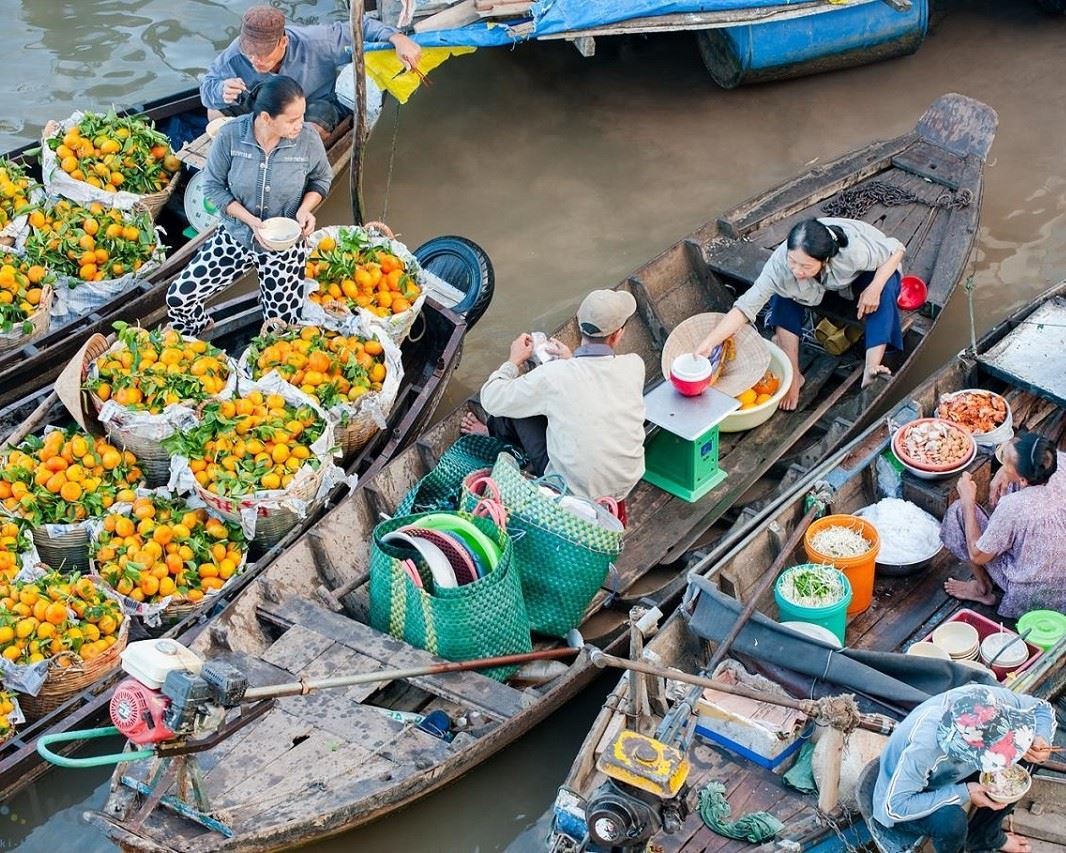
Highlights on the Water
Start at sunrise with a warm coffee served from a boat, buy fresh tropical fruits, and admire the boat maneuvering techniques of local merchants. Every moment is photogenic, making this one of the most iconic Vietnam markets.
Best Time to Visit
Between 5–7 am for peak authenticity before most tourists arrive.
Must-Try Local Items
- Fresh tropical fruits
- Hủ tiếu noodle soup
- Boat-made snacks
- Local handicrafts
Tips
- Rent a small boat to move between stalls
- Bring a camera and patience
- Avoid overly touristy areas
Hạ Long Market
Hạ Long Market is one of the must-visit Vietnam markets for discovering the freshest seafood in the country. Located near the UNESCO-listed bay, it reflects the coastal lifestyle of local fishing communities. With its variety of fresh seafood, dried specialties, and coastal handicrafts, it offers a truly immersive cultural experience.
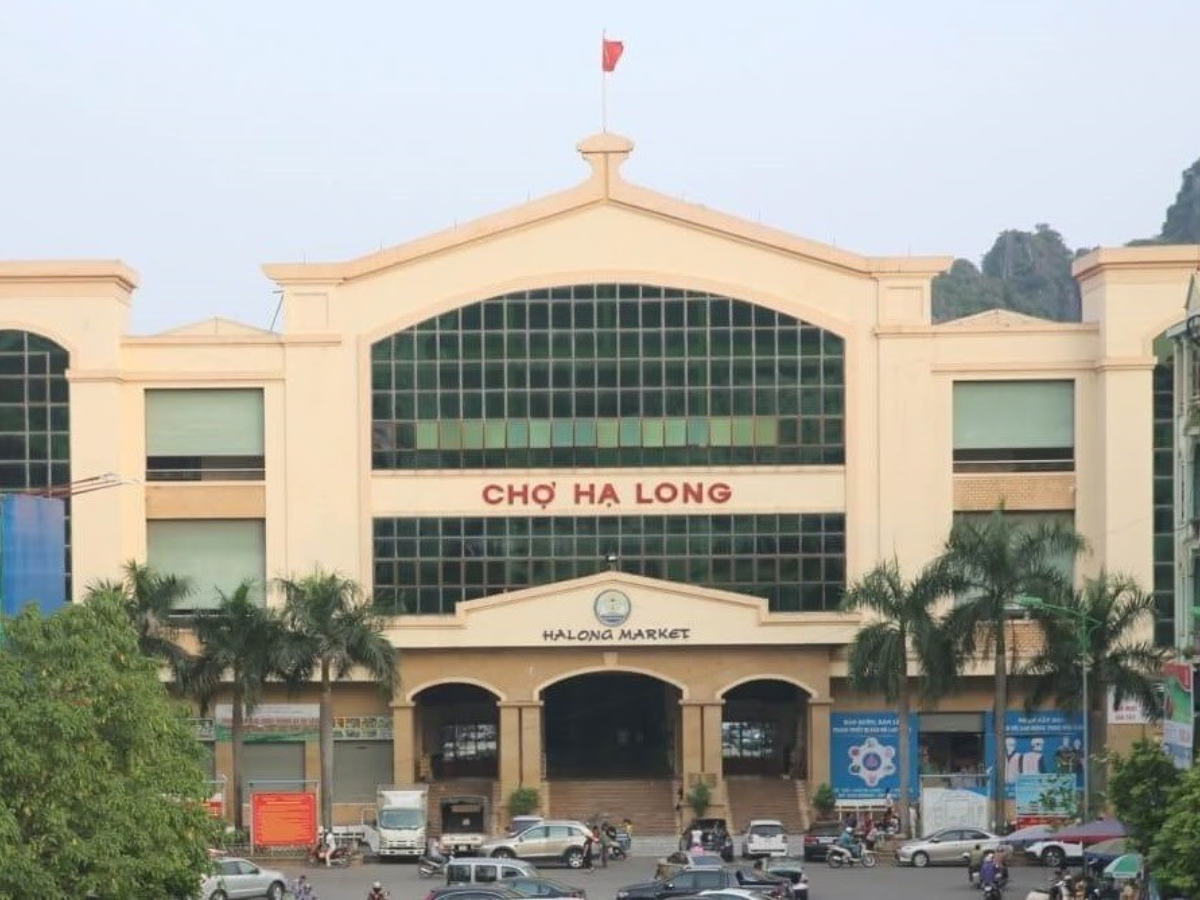
Experiences to Enjoy
Walking through the bustling aisles reveals endless varieties of fish, shellfish, and crustaceans caught the same day. Fishermen sometimes deliver their catch directly from boats. Visitors can taste simple seafood snacks like grilled skewers or fried cakes. Shell-based crafts also make great souvenirs.
When to Visit
Early morning (6–8 am) is best for fresh seafood and lively activity. Afternoons are calmer and ideal for relaxed browsing. Dried product stalls remain open all day.
What to Try
- Live seafood: crabs, shrimp, clams
- Dried specialties: mực khô, cá khô
- Local snacks
- Bánh gật gù, bánh cuốn chả mực
- Shell-based souvenirs
Tips
- Check freshness carefully
- Compare prices
- Bring cash
- Walk carefully on wet floors
- Try the famous chả mực
Hội An Night Market
The Hội An Night Market transforms the old town into a glowing spectacle every evening. With lanterns, local snacks, and handcrafted souvenirs, this is one of the most magical night markets in Vietnam.
You can learn more with this guide to the Hội An Night Markets.
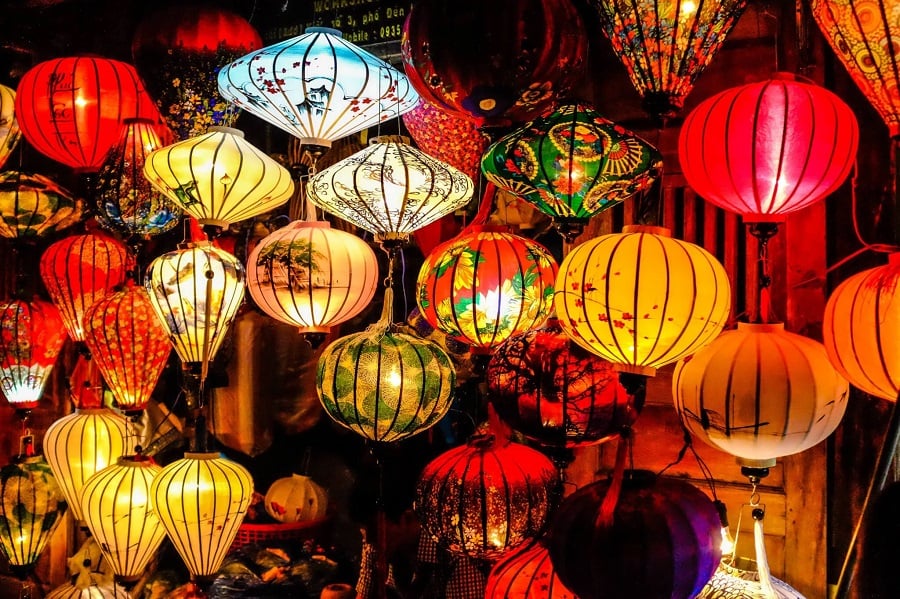
Experiences Not to Miss
Buy a handmade lantern, try bánh mì or cao lầu, and enjoy street performances. The illuminated alleys create a dreamy atmosphere.
Best Time
From 6–8 pm when lanterns shine brightest.
What to Buy
- Handmade lanterns
- Local jewelry and crafts
- Snacks and sweet treats
- Decorative souvenirs
Tips
- Arrive early to avoid crowds
- Explore side alleys
- Compare prices
Chợ Lớn – Bình Tây Market (Ho Chi Minh City)
Bình Tây Market, located in Chợ Lớn (Saigon’s Chinatown), is one of the oldest and most authentic Vietnam markets. Built in the 1920s thanks to Chinese philanthropist Quách Đàm, it features a distinctive Sino-French architectural style.
For a full introduction to this iconic area, see this guide to Binh Tay Market in Cholon.
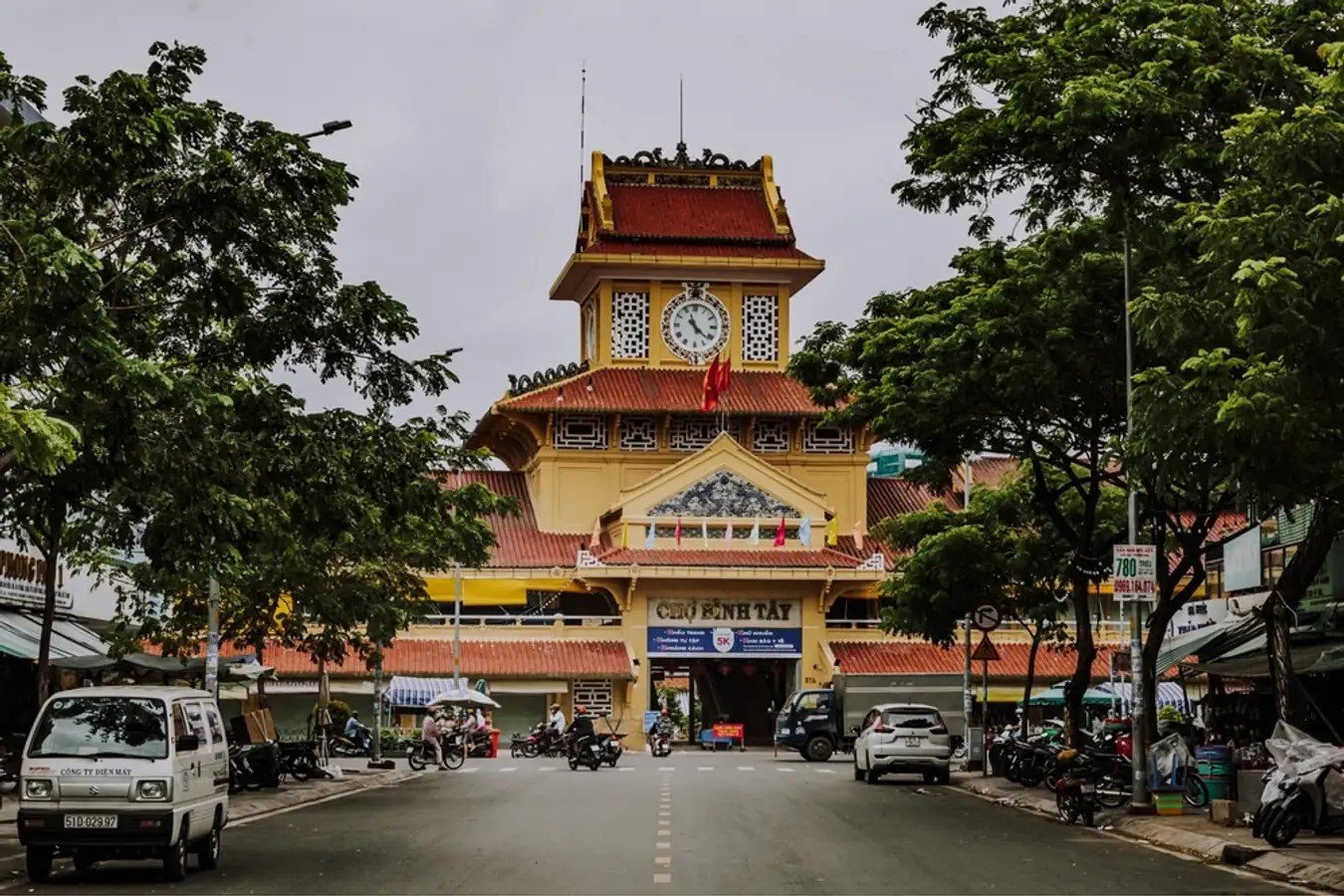
Experiences Not to Miss
Explore aisles filled with rice bags, spices, incense, teas, dried fruits, and Chinese-Vietnamese goods. The central courtyard is always buzzing with activity. Surrounding streets feature temples, pagodas, and old shophouses, making Chợ Lớn a cultural treasure.
Best Times
Morning is most dynamic, especially from 5–9 am. Afternoons are calmer but warmer. The market closes earlier than Bến Thành.
What to Try
- Spices, teas, dried herbs
- Dried fruits, nuts, sweets
- Ritual items & incense
- Wholesale sauces & noodles
- Dim sum and Chinese-Vietnamese snacks
Tips
- Visit early for authenticity
- Bring small notes
- Stay aware in loading areas
- Follow signs to navigate
- Combine your visit with a Chợ Lớn walking tour
Sapa Market
Located in the heart of Sapa town, this market is the perfect place to discover the culture of Hmong, Dao, Tay, Giay, and other ethnic minorities. It’s a daily market but becomes especially lively on weekends during “phiên” market days.
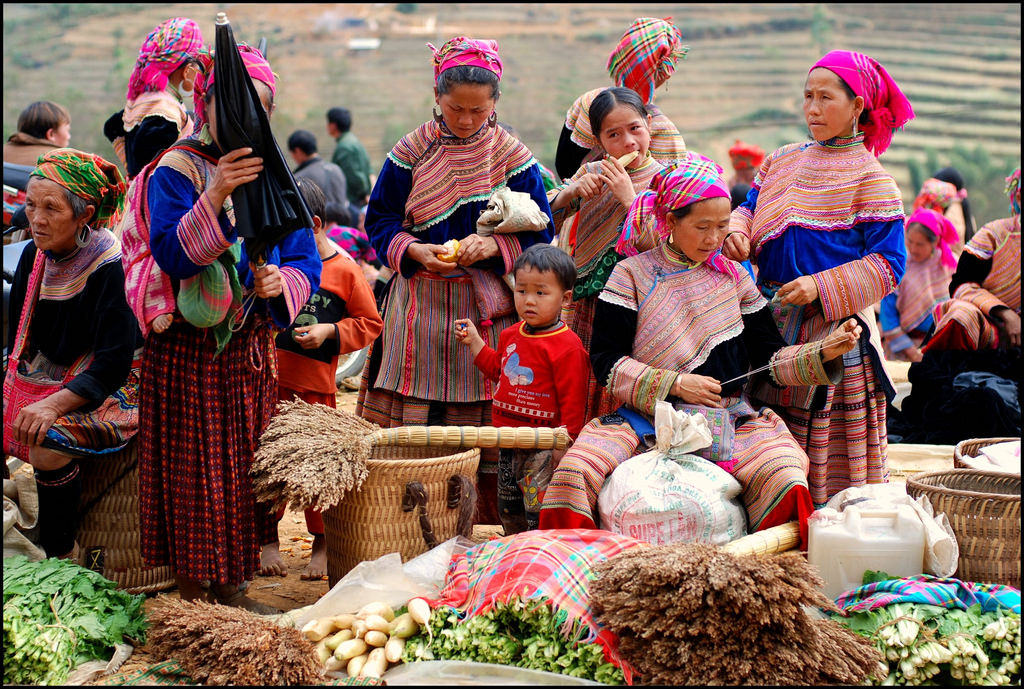
Experiences to Enjoy
See women in traditional embroidered outfits selling textiles and silver jewelry. Arrive early to find fresh mountain fruits like plums, peaches, and pears. The second floor displays exquisite brocades and handmade items. On weekend evenings, the night market offers lively street food and handicrafts.
Best Times
Weekends are busiest. Visit early morning (from 6 am) for fresh goods. Night market runs Friday to Sunday.
What to Buy
- Traditional embroidered textiles
- Handcrafted silver jewelry
- Mountain fruits
- Ethnic dishes: thắng cố, mèn mén, corn wine
- Natural herbs, forest honey
Tips
- Come early to avoid crowds
- Bargain respectfully
- Wear comfortable shoes
- Bring bags for fragile items
- Ask permission before photos
Đông Ba Market (Huế)
Đông Ba Market is one of the most iconic traditional markets in Vietnam, located on the north bank of the Perfume River. A century old, it remains essential to daily life in Huế. For a deeper look, you can visit this guide to Đông Ba Market in Huế.
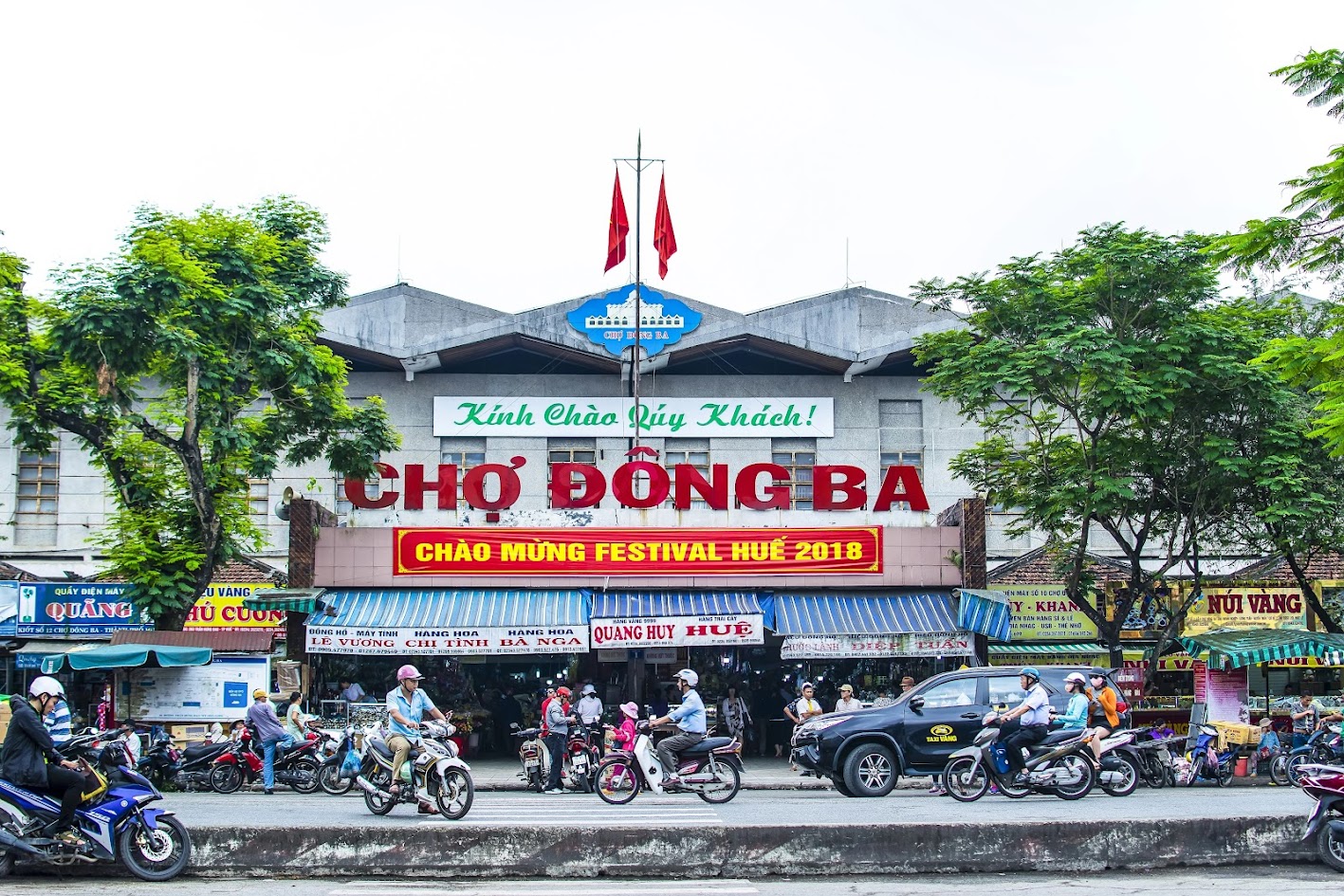
Recommended Experiences
Arrive early to see stalls of fruits, dried seafood, and local ingredients. The second floor houses poetic conical hats, incense, ceramics, and bamboo crafts. The third floor showcases textiles and traditional garments. Around the outer courtyard, street-food vendors serve bún bò Huế, bánh bèo, and sweet soups.
Ideal Times
Morning (6–9 am) is liveliest. Afternoons remain active but quieter in upper floors. Evenings are calmer, with food stalls outside still serving local dishes.
What to Buy
- Bún bò Huế, bánh bèo, chè Huế
- Poetic conical hats, ceramics
- Dried seafood, herbs, fruits
- Bamboo & traditional crafts
Tips
- Bring small change
- Wear comfortable shoes
- Explore upper floors for textiles
- Taste multiple food stalls
Mũi Né Market
Mũi Né Market, located in Phan Thiết, plays a central role in the life of local fishermen. At dawn, boats return with their daily catch, sold directly on the beach. This is one of the most authentic coastal Vietnam markets, far from touristy areas.
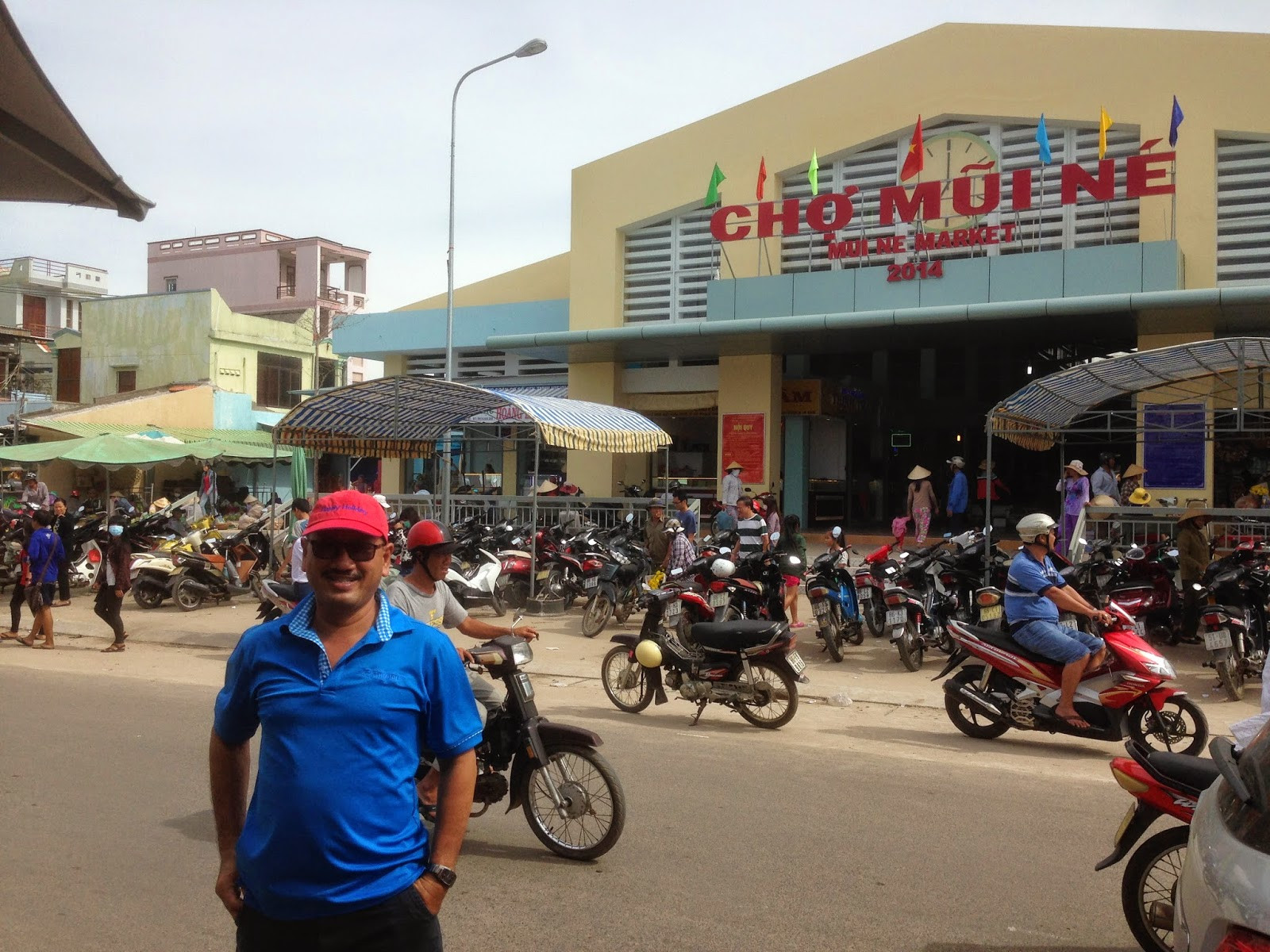
Essential Experiences
Arrive early (5–7 am) to watch fishermen unload the day’s catch. Walk through stalls placed on the sand and talk with friendly vendors about their fishing life. The scenery—colorful boats, baskets of seafood, and palm trees—makes it a dream spot for photography.
Best Time
Early morning (5–8 am) for peak activity and freshest seafood. Late morning is calmer; afternoons offer simple food stalls.
What to Buy
- Fresh seafood: fish, crabs, squid
- Dried seafood specialties
- Bánh can, bánh khọt, bánh canh chả cá
- Local fish sauce
- Handmade coastal souvenirs
Tips
- Arrive early for the best seafood
- Check freshness
- Bring cash
- Negotiate respectfully
- Bring a cooler box for transporting fresh products
Đà Lạt Market
Đà Lạt Market sits at the commercial heart of the city, close to Xuân Hương Lake. This multi-level market brings together fresh produce, flowers, handicrafts, and mountain cuisine—capturing the essence of highland Vietnam markets.

Experiences You Should Not Miss
In the morning, local farmers deliver vegetables, fruits, and flowers grown in the highlands. Upper floors offer wool clothing, embroidery, pinewood crafts, and unique souvenirs. Don’t miss the confectionery and dried-herb section featuring OCOP products from Lâm Đồng. At night, the market becomes a cozy night market filled with street food.
When to Visit
Morning for peak freshness. Late morning for relaxed browsing. Evening for the lively night market experience.
Local Highlights
- Fresh or dried flowers: orchids, hydrangeas
- Highland fruits: strawberries, avocados
- Jams, teas, herbal infusions
- Wool clothing
- OCOP agricultural products
Tips
- Visit early for authenticity
- Bring insulated bags for fruits
- Bargain politely
- Wear comfortable shoes
- Enjoy the night market on weekends
Conclusion
The Vietnam markets are much more than commercial spaces—they are living cultural hubs where authenticity meets daily life. Whether floating markets in the Mekong Delta, traditional markets in historic cities, or glowing night markets, each offers a unique cultural experience. Exploring these must-visit markets in Vietnam reveals the country’s richness, diversity, and warm hospitality.
For expert travel planning and trustworthy local insights, consider exploring Authentik Vietnam, a specialist in tailor-made journeys and immersive local experiences.
 Español
Español Français
Français






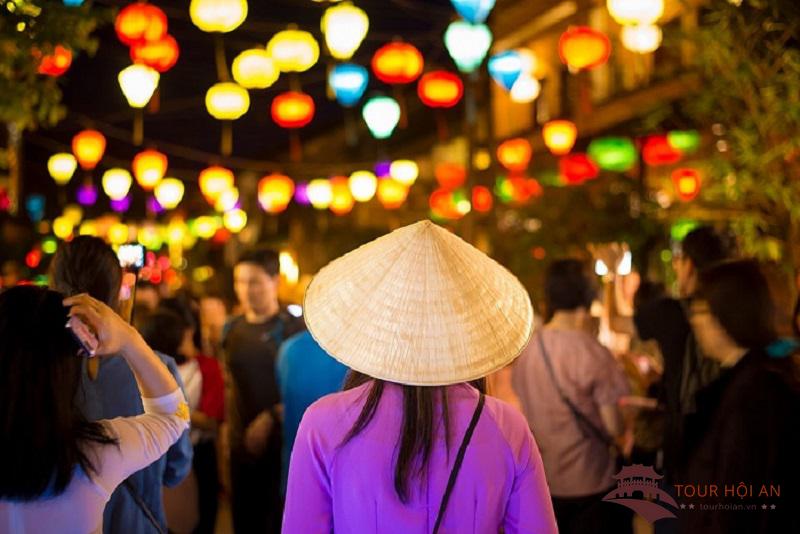

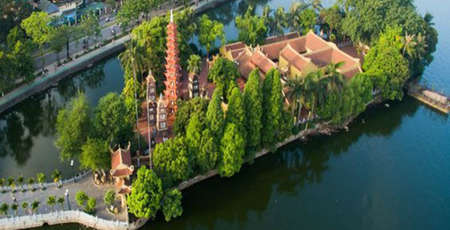
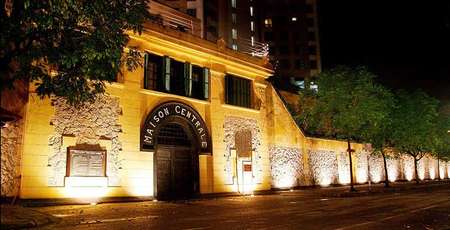
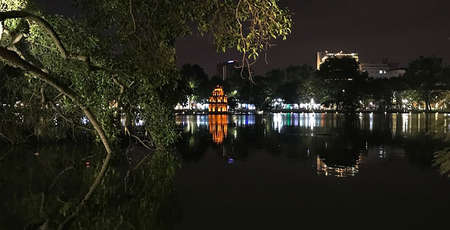
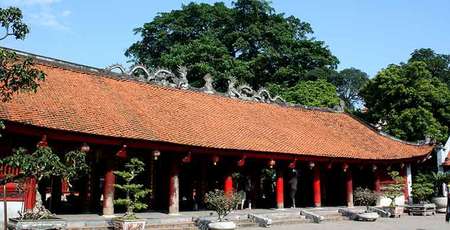
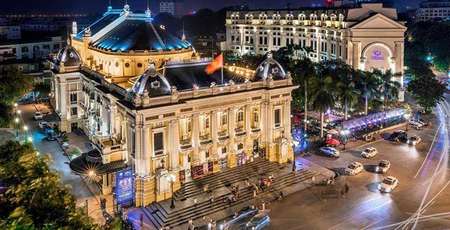





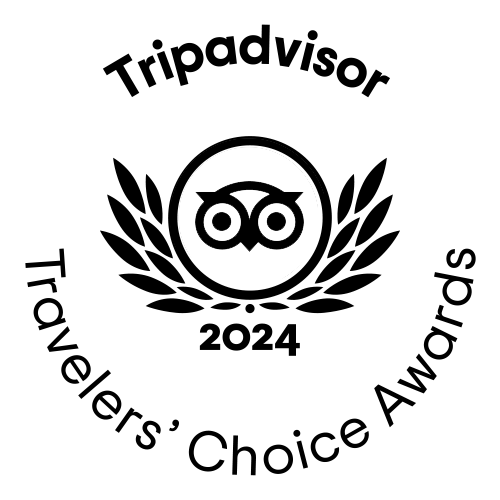

TraZefUK
on Nov 28, 2025HerbertPhomaMS
on Oct 19, 2025Lilyan Cuttler
on Oct 15, 2025Avenue17XC
on Sep 14, 2025Avenue18JL
on Jul 21, 2025